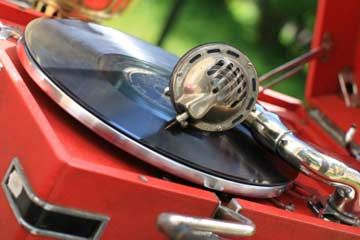An equalizer is a unit that equalizes or compensates for different tonal side effects and places them in synchronization. In this way, the equalizer changes the quality of the audio tone that passes through it. Equalizers use various filters and allow you to adjust, or gain, the frequency ranges of the audio signals. These adjustments can be positive gains called "boosts," or negative gains called "cuts."
Here's a list of the common types of filters found in equalizers:
Advertisement
- High and Low Pass Filters These are the most commonly used filters. A high-pass filter, also called a low-cut filter, lowers the sound level below the user selected cutoff frequency. The low-pass filter, also called a high-cut filter, lowers the sound level above any user selected cutoff frequency.
- Shelving Filter The shelving filter applies the same gain change, or adjustment, to all frequency sounds above the user selected frequency.
- Peaking Filters The peaking filter is used only for special applications. It offers fine overall tone adjustments when you must reach a specific frequency [source: White, Senior].
Here's a list of some types of equalizers:
- Shelving Filter Equalizer The shelving filter equalizer is the simplest and most commonly used equalizer. It has one dial to control the bass and another dial to control the treble.
- Parametric Equalizer A parametric equalizer allows you to control the cut and the boost, as well as what frequency is most affected.
- Graphic Equalizer The graphic equalizer takes the guesswork out of equalizing. These equalizers have a graph (hence the name graphic), on which you can see all the possible frequencies. You can make precise adjustments because you're not relying on your hearing to make the adjustments, but can actually make the adjustments according to what you see on the graph [source: Sound Institute]. //]]]]> ]]>
Advertisement

